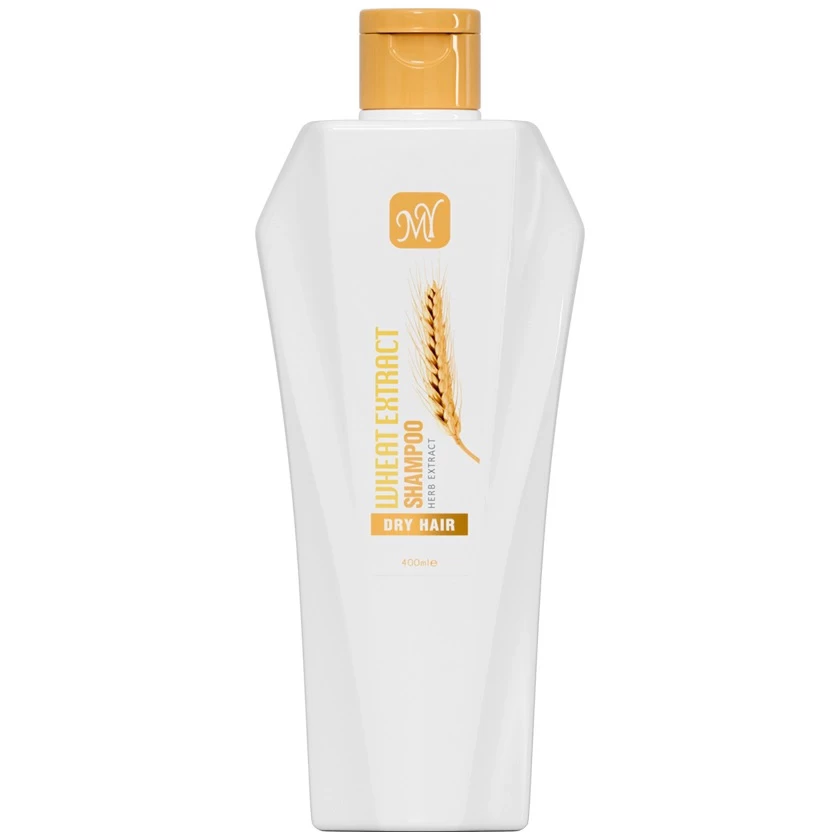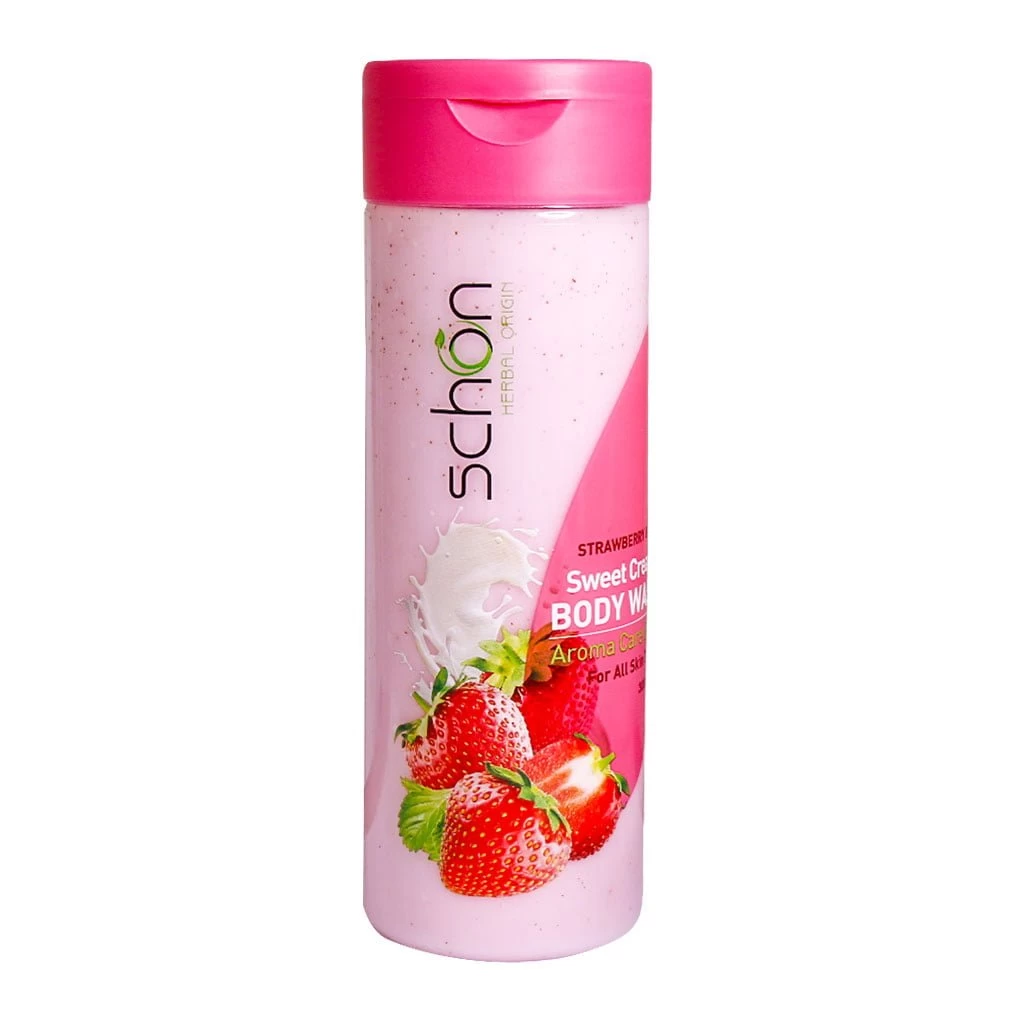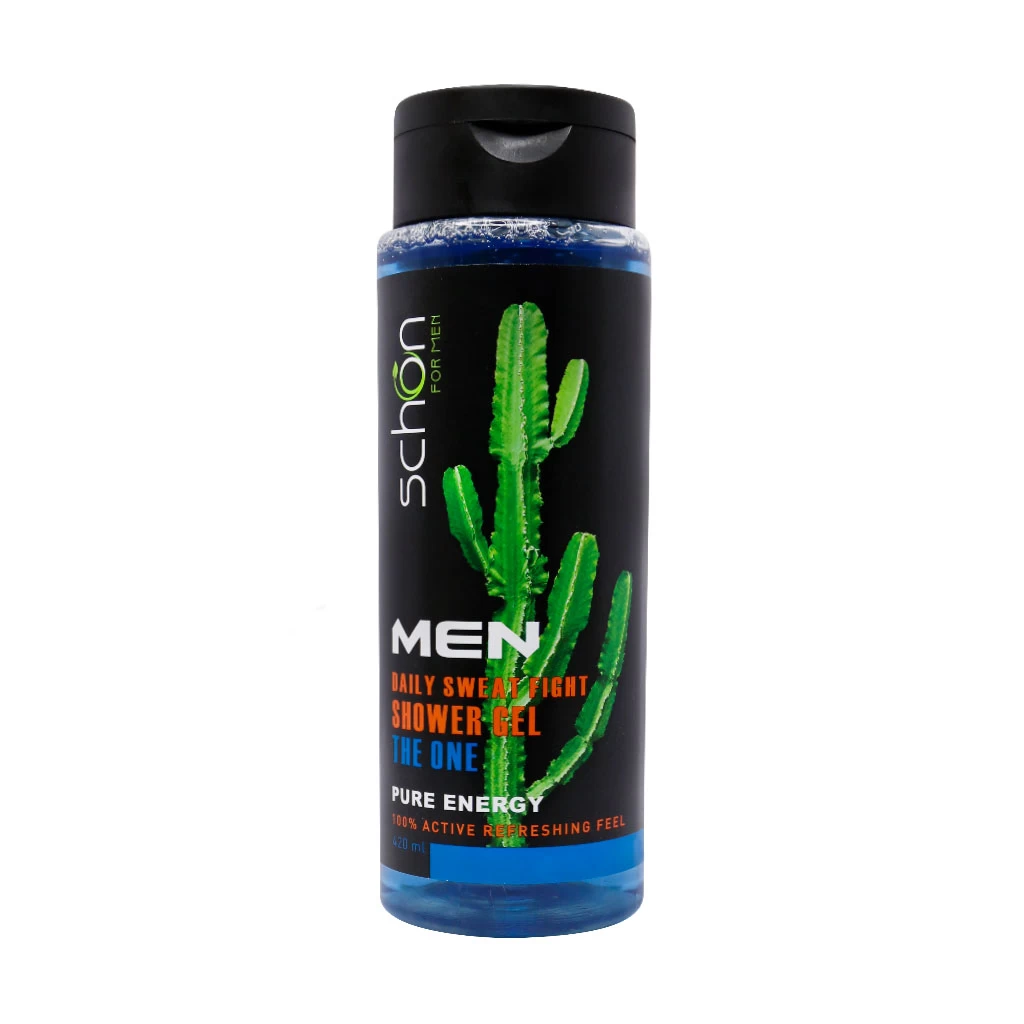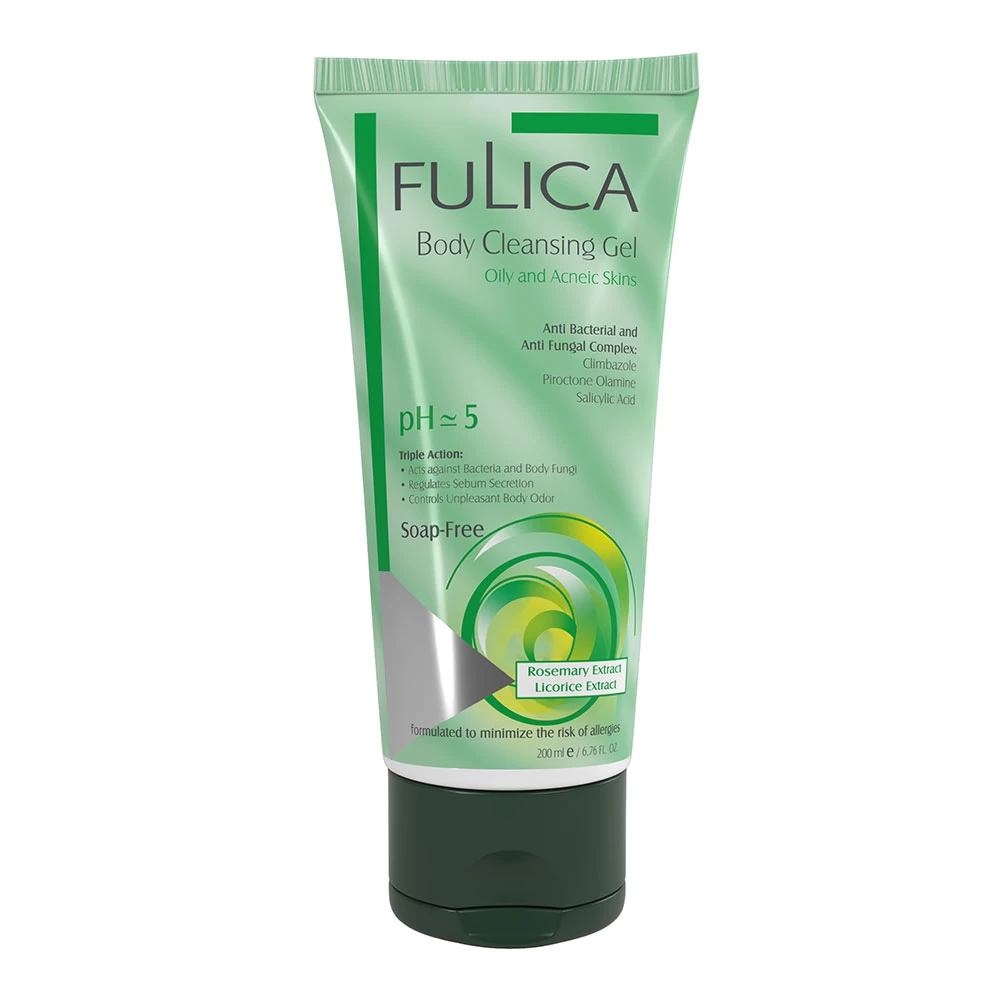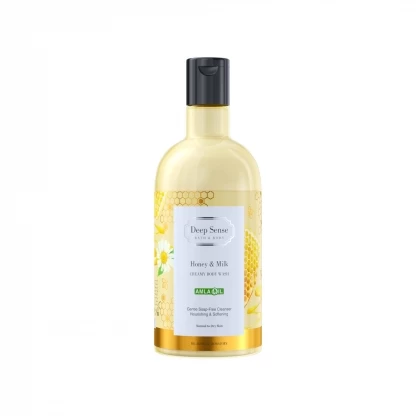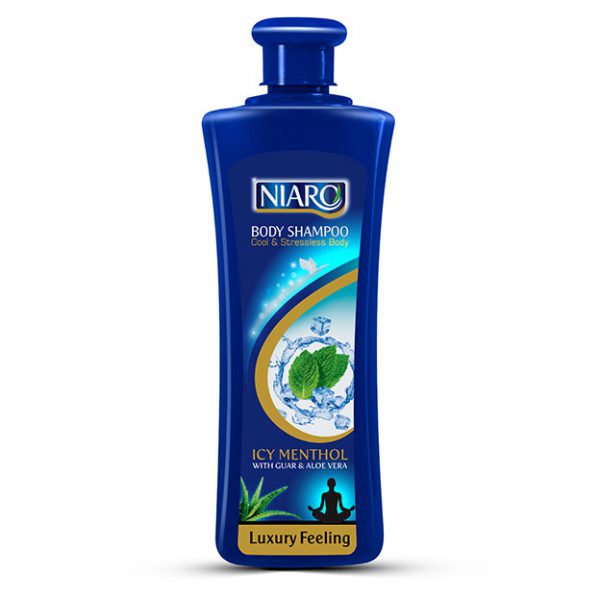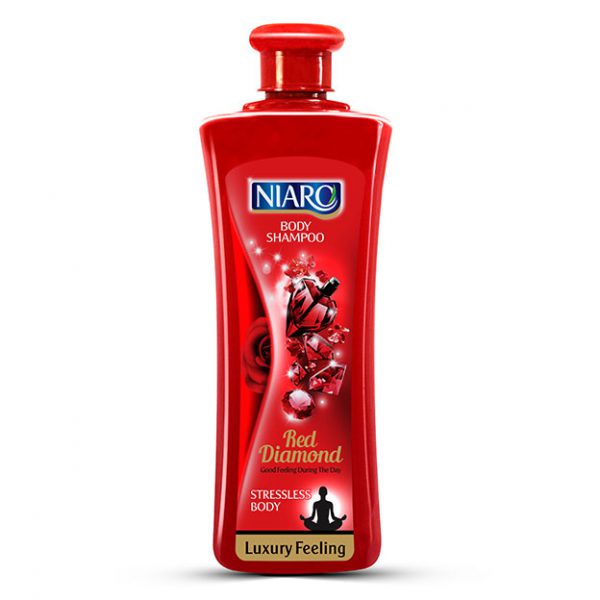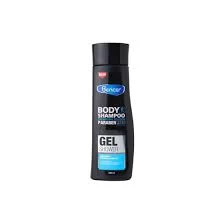Bath Supplies
Bath supplies encompass a range of essentials for a relaxing bathing experience. From soothing bath salts and fragrant bath bombs to plush towels and quality soaps, these items contribute to a rejuvenating self-care routine. Consider exploring various scents and textures to create a personalized and enjoyable bath environment.
Bath supplies typically include:
1. Bath Salts: Enhance your bath with mineral-rich salts for relaxation and muscle relief.
2. Bath Bombs:Fizzing spheres that release fragrances, oils, and often colors into the water.
3. Bubble Bath: Create a bubbly, foamy bath for a luxurious feel.
4. Shower Gel/Body Wash: Cleansing products with various scents and moisturizing properties.
5. Shampoo and Conditioner: Hair care essentials for a refreshing shower experience.
6. Soap Bars: Traditional or specialty soaps in different scents and formulations.
7. Loofah or Washcloth: Exfoliating tools for cleansing and skin renewal.
8. Towels:Soft, absorbent towels to dry off after a bath or shower.
9. Candles: Set a calming atmosphere with scented candles for added relaxation.
10. Robes:Cozy robes for post-bath comfort.
11. Essential Oils:Add a few drops to the bathwater for aromatherapy benefits.
12. Body Scrubs: Exfoliate and rejuvenate the skin with scrubs in various fragrances.

Tailoring your selection to personal preferences can turn a routine bath into a delightful and therapeutic experience.
While bath supplies primarily refer to products used during bathing, the bathtub and shower are essential elements of the overall bathing experience. Bath supplies include items like bath salts, bath bombs, and shower gels that enhance the water and cleansing process. The bathtub provides the space for a luxurious soak, while the shower is where many of these products are applied. So, while the fixtures themselves aren't considered supplies, they play a crucial role in the overall ritual of self-care.
Bath supplies are made from a variety of chemical compounds, each serving a specific purpose. Some common ingredients include:
1. Bath Salts: Typically contain minerals such as Epsom salt (magnesium sulfate) or sea salt.
2. Bath Bombs: Ingredients may include baking soda, citric acid, Epsom salt, essential oils, and colorants.
3. Shower Gel/Body Wash: Contain water, surfactants (cleaning agents), emollients, and often fragrances.
4. Shampoo and Conditioner:Include water, detergents, conditioning agents, and various additives like fragrances and vitamins.
5. Soap Bars: Comprise fats or oils (saponified), water, and often fragrances.
6. Bubble Bath: Consists of surfactants to create bubbles, along with fragrances and other additives.
7. Body Scrubs:Typically include abrasive agents (like sugar or salt), oils, and fragrances.
8. Essential Oils: Concentrated plant extracts used for aromatherapy, added for fragrance.
It's important to check product labels for specific ingredients and be mindful of any potential allergens or sensitivities. Many bath supplies also incorporate natural and organic components for those seeking more environmentally friendly options.
Yes, bath supplies can include hair care and skincare products. Here are some common items:
Hair Care Products:
1. Shampoo: Cleanses the hair and scalp.
2. Conditioner: Softens and detangles hair.
3. Hair Masks: Deep conditioning treatments for added nourishment.
Skincare Products:
1. Body Wash:Cleanses and moisturizes the skin.
2. Soap Bars: Traditional or specialty soaps for cleansing the body.
3. Body Scrubs:Exfoliate and renew the skin's surface.
4. Moisturizers: Hydrate and nourish the skin, available in various forms like lotions or creams.
The inclusion of these products enhances the overall bathing experience, providing comprehensive care for both hair and skin. Choosing products that suit your specific needs and preferences contributes to a holistic self-care routine.
bath supplies, including hair care and skincare products, are commonly exported globally. The export process involves several key steps:
1. Manufacturing:Products are produced by manufacturers, often in response to consumer demand or orders from distributors.
2. Quality Control:Stringent quality control measures are implemented to ensure products meet international standards and regulations.
3. Packaging: Items are packaged securely, often with labels and instructions translated into different languages to comply with regulations in the target markets.
4. Distribution:Products are shipped to distributors, retailers, or directly to international markets.
5. Export Documentation: Exporters must provide necessary documentation, including invoices, certificates of origin, and compliance certificates, to meet import regulations of the destination country.
6. Customs Clearance:The products go through customs clearance procedures in both the exporting and importing countries.
7. Logistics: Transportation options include sea freight, air freight, or land transportation, depending on the destination.
8. Market Entry: Once in the destination country, the products enter the market through various channels, such as retail stores, online platforms, or distributors.

Exporting bath supplies requires adherence to international trade laws, compliance with regulations, and an understanding of the target market's preferences and regulations. Companies often work with export specialists or utilize trade agreements to facilitate the export process.
textile products play a crucial role in the bath experience. Common textile items used in the bathroom include:
1. Towels:Essential for drying off after a bath or shower.
2. Bath Mats: Placed outside the bathtub or shower to absorb water and prevent slipping.
3. Robes: Cozy robes made from soft textiles for post-bath comfort.
4. Shower Curtains: Textile curtains that add privacy and prevent water splashes in the bathroom.
5. Washcloths: Small, often square pieces of fabric used for washing the face and body.
These textile products not only serve functional purposes but also contribute to the overall aesthetics and comfort of the bathroom. Choosing high-quality and absorbent textiles enhances the bath experience.
A perfect bath involves a combination of factors to create a relaxing and enjoyable experience:
1. Comfortable Environment: Ensure a clean and tidy bathroom with ambient lighting and a comfortable room temperature.
2. Quality Bath Supplies:Use bath salts, bath bombs, or other products that align with your preferences. Consider soothing scents and skin-friendly ingredients.
3. Temperature: Find the right water temperature—warm, not too hot—to promote relaxation without causing discomfort.
4. Duration: Take your time to unwind; a longer soak allows for better relaxation and potential skincare benefits.
5. Soft Towels and Robes: Have plush towels and a cozy robe ready for drying off and maintaining warmth post-bath.
6. Aromatherapy: Incorporate essential oils or scented candles to create a calming atmosphere.
7. Background Music or Silence:Choose music or enjoy the tranquility of silence, depending on your preference.
8. Personalized Touches: Add personal elements such as a favorite book, a cup of herbal tea, or a comfortable bath pillow.
Remember, the perfect bath is subjective and varies based on individual preferences. Experiment with different elements to discover what brings you the most relaxation and satisfaction.
The choice between soap and body wash (or body shampoo) depends on personal preference and skin type. Both products serve the purpose of cleansing the body, but they have some differences:
Soap:
- Traditionally comes in bar form.
- Can be more drying, especially if it contains harsh ingredients.
- Some people prefer the simplicity and long-lasting nature of soap bars.
Body Wash/Body Shampoo:
- Typically comes in liquid form.
- Often contains moisturizing ingredients and may be gentler on the skin.
- Available in various scents and formulations, catering to different skin types.
Bath supplies typically include:
2. Bath Bombs:Fizzing spheres that release fragrances, oils, and often colors into the water.

While bath supplies primarily refer to products used during bathing, the bathtub and shower are essential elements of the overall bathing experience. Bath supplies include items like bath salts, bath bombs, and shower gels that enhance the water and cleansing process. The bathtub provides the space for a luxurious soak, while the shower is where many of these products are applied. So, while the fixtures themselves aren't considered supplies, they play a crucial role in the overall ritual of self-care.
Bath supplies are made from a variety of chemical compounds, each serving a specific purpose. Some common ingredients include:
Yes, bath supplies can include hair care and skincare products. Here are some common items:
1. Shampoo: Cleanses the hair and scalp.
2. Conditioner: Softens and detangles hair.
3. Hair Masks: Deep conditioning treatments for added nourishment.
1. Body Wash:Cleanses and moisturizes the skin.
2. Soap Bars: Traditional or specialty soaps for cleansing the body.
3. Body Scrubs:Exfoliate and renew the skin's surface.
4. Moisturizers: Hydrate and nourish the skin, available in various forms like lotions or creams.
bath supplies, including hair care and skincare products, are commonly exported globally. The export process involves several key steps:

textile products play a crucial role in the bath experience. Common textile items used in the bathroom include:
2. Bath Mats: Placed outside the bathtub or shower to absorb water and prevent slipping.
3. Robes: Cozy robes made from soft textiles for post-bath comfort.
4. Shower Curtains: Textile curtains that add privacy and prevent water splashes in the bathroom.
5. Washcloths: Small, often square pieces of fabric used for washing the face and body.
A perfect bath involves a combination of factors to create a relaxing and enjoyable experience:
The choice between soap and body wash (or body shampoo) depends on personal preference and skin type. Both products serve the purpose of cleansing the body, but they have some differences:
- Traditionally comes in bar form.
- Can be more drying, especially if it contains harsh ingredients.
- Some people prefer the simplicity and long-lasting nature of soap bars.
- Typically comes in liquid form.
- Often contains moisturizing ingredients and may be gentler on the skin.
- Available in various scents and formulations, catering to different skin types.
FAQs
Is body shampoo good for body wash?
Yes, body shampoo and body wash are similar and can both effectively cleanse the body. It depends on personal preference and skin type.
Can soap be used as shampoo?
Using soap as shampoo is not recommended as it can be harsh on hair. Shampoo is formulated specifically for hair, providing necessary cleansing and conditioning.
Can we use shampoo daily?
Using shampoo daily can strip natural oils from the hair, potentially leading to dryness. It's generally advisable to shampoo every 2-3 days, adjusting based on your hair type and needs.
How to use shampoo?
Wet hair thoroughly, apply a small amount of shampoo, massage into the scalp and hair, then rinse thoroughly. Follow with conditioner if needed.
 +7929688-88-14
+7929688-88-14

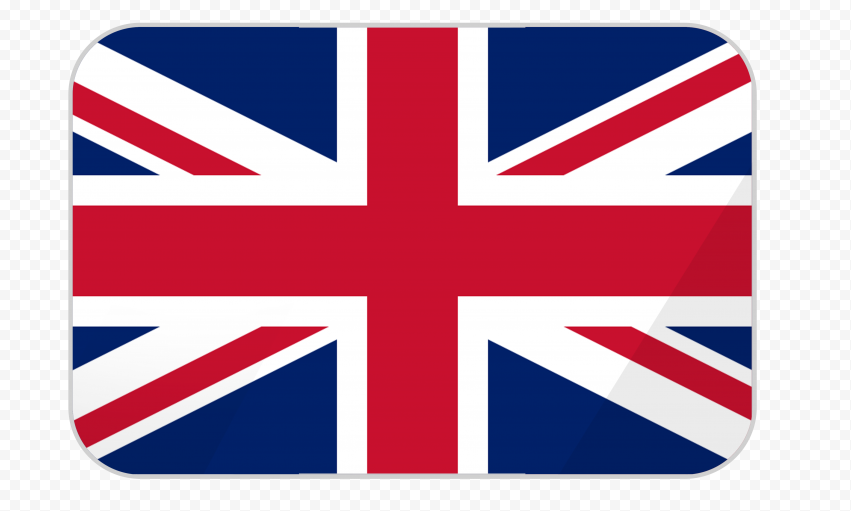 English
English
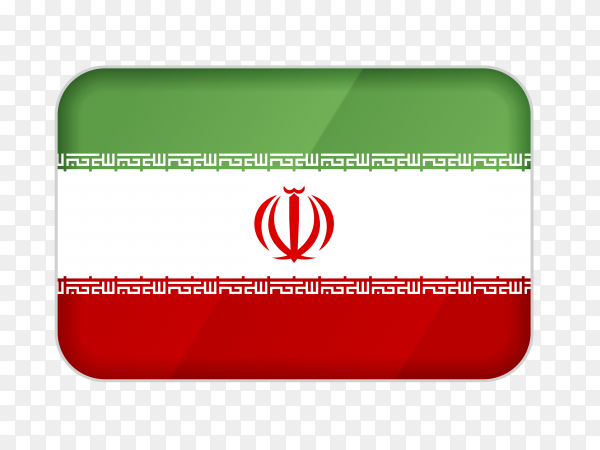 Persian
Persian
 Russian
Russian
 Chinese
Chinese


 +7929688-88-14
+7929688-88-14

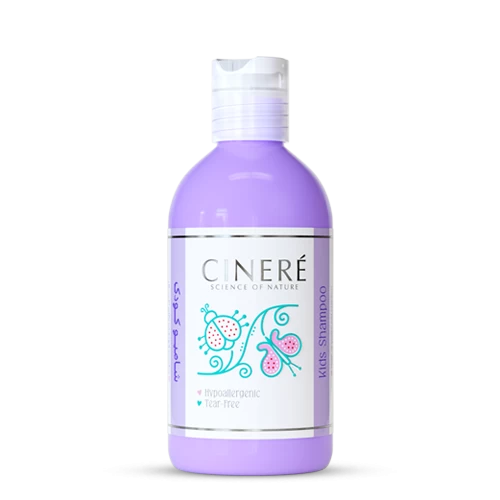

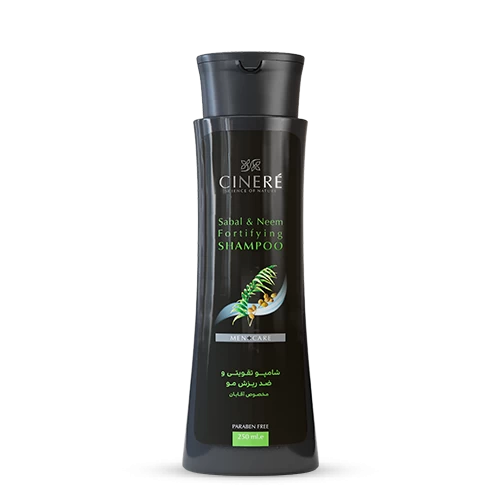

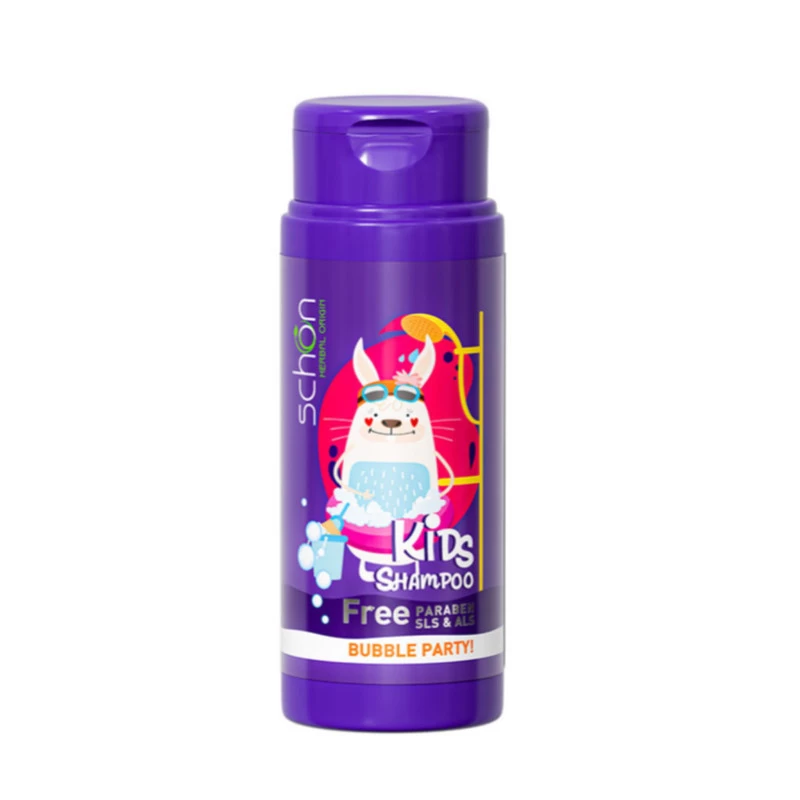
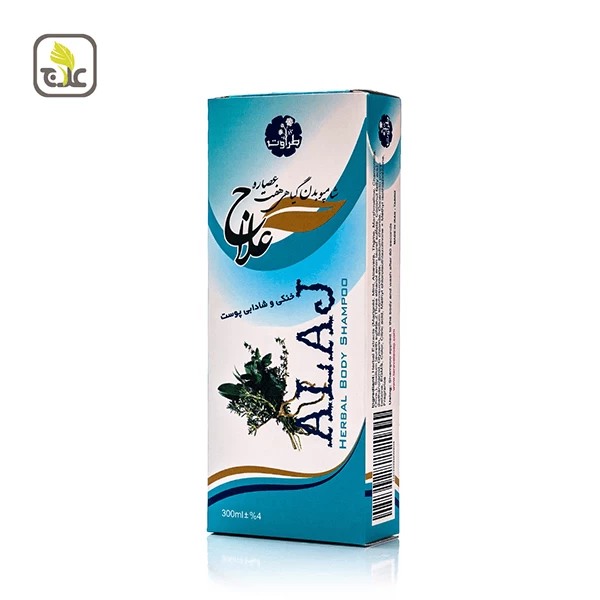
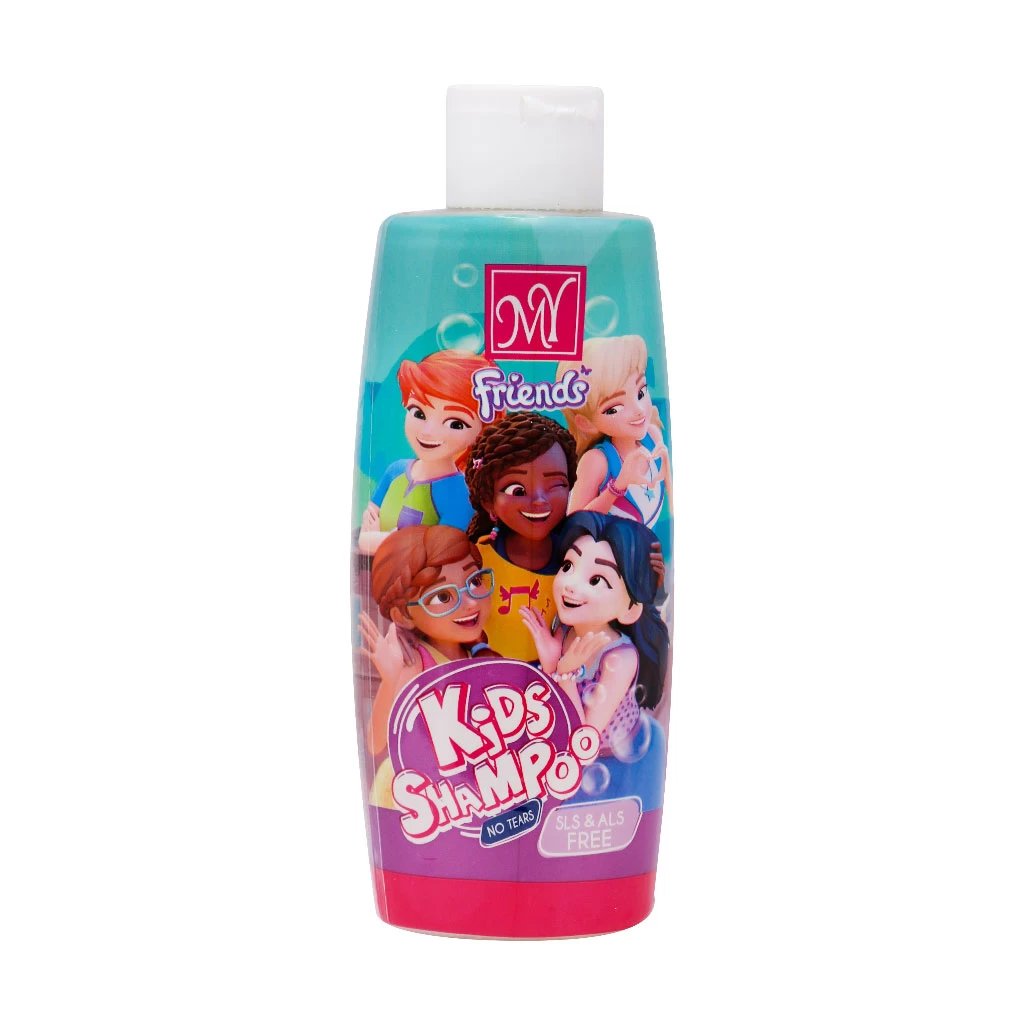
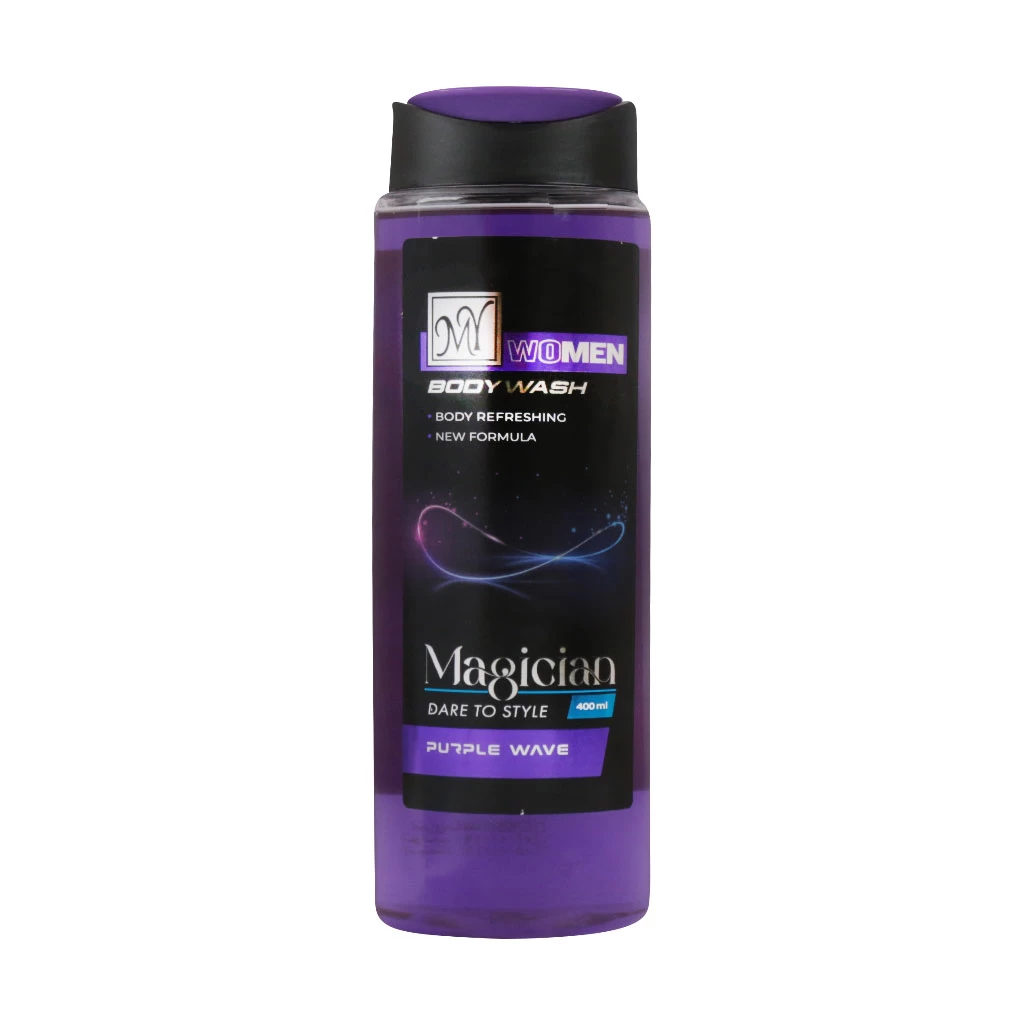
.webp)
